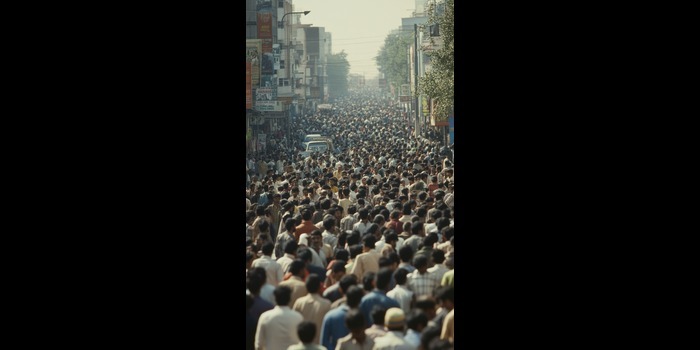Ahmedabad Stabbing Sparks Teen Violence Concerns
Share

The horrible school stabbing in Ahmedabad has drawn national attention and underlined the shocking rise in teenage violence. School bullying, teachers, parents, and mental health experts assert, is growing more violent and “bigger than bullying” in ways that were once very usual. Given how amazing the event is, society should pay close attention to the changing trends in adolescent behavior as well as the fundamental causes fueling them. Said to have included a student striking another child with a sharp weapon, the Ahmedabad incident resulted in the victim damage and national outcry. Instructors are frightened, parents are concerned, and psychologists are pushing for quick action in what should be a safe learning environment for such an violent outburst. Even if school bullying has been around for centuries, the metamorphosis of this animosity into actual violence is a startling fresh trend.
Professionals say there are several fundamental reasons for the rise in teenage crime. These involve exposure to violent digital content, peer pressure, a want of appropriate emotional outlets, and the growing effect of social media trends promoting violence. Teenagers are typically evaluated on their physical ability or hostility rather than their ability for empathy and teamwork. There are many circumstances needing this. Often expressed as aggression, a lack in the ability to control one’s feelings or resolve conflicts efficiently results in violent rage.
Teachers at several schools report lately greater disruptive behavior. Some assert that because children are more defiant against authority, traditional punishments are less effective in modern times. Furthermore, students are contending with more competition, stricter educational expectations, and occasionally difficult home situations. These elements interact to produce a volatile environment in which little disagreements might turn into major ones.
Understanding their kids in a continually evolving world can also be challenging for parents. Many people struggle to strike the ideal mix between freedom and supervision because they worry that too much laxity will result in childlike behavior while too much oversight could alienate teenagers. Psychologists stress the need of clear communication in households where adolescents feel at ease expressing their emotions without worrying about criticism. Children who conceal their feelings or who feel unnoticed claim that their buried anger sometimes surfaces as misbehavior.
Once again raised by the Ahmedabad incident is the subject of how schools should help to control student behavior and mental health. Authorities say that schools should encourage qualified staff capable of fast response to warning signs, create secure communication environments, and carry out peer counseling programs in addition to concentrating on academics. Schools should arm teachers with the tools needed to manage disagreements effectively and inspire pupils to engage in compassion-driven activities in order to foster respect and understanding.
The increase in this kind of violence is especially troubling considering its digitizing via digital culture. Often seen in internet venues as comical, videos of fighting, intimidation, and aggressive activities Teenagers can sometimes imitate such behavior in search of acceptance and confirmation without giving much attention to the possible legal and psychological consequences. Often making tensions worse, this digital validation cycle encourages poor behavior.
Shared responsibility is the best course of action suggested by mental health experts. Children must grow up in a society that gives emotional intelligence and conflict-resolution skills top priority if they are to gain these; this calls on cooperation among families, schools, and society at large. Rather than just being called “bad behavior,” aggression should be seen as a sign of underlying emotional suffering requiring aid and therapy.
The Ahmedabad event was much more than just one occurrence of violence directed against a single business. It reveals a major shift in the present expression of adolescent violence. For both the victim and the perpetrator, the psychological wounds will last far longer than the physical ones. Besides fines, the event calls for a strong reaction comprising preventative actions that might help stop next events.
The increasing seriousness and brutality of teenage violence attest to the fact that bullying is only a small part of the problem. It investigates how well society equips kids for conflict, tension, and fury. Schools may continue to see these terrible incidents endangering basic trust and safety inside their doors unless this problem is resolved quickly and empathetically.










